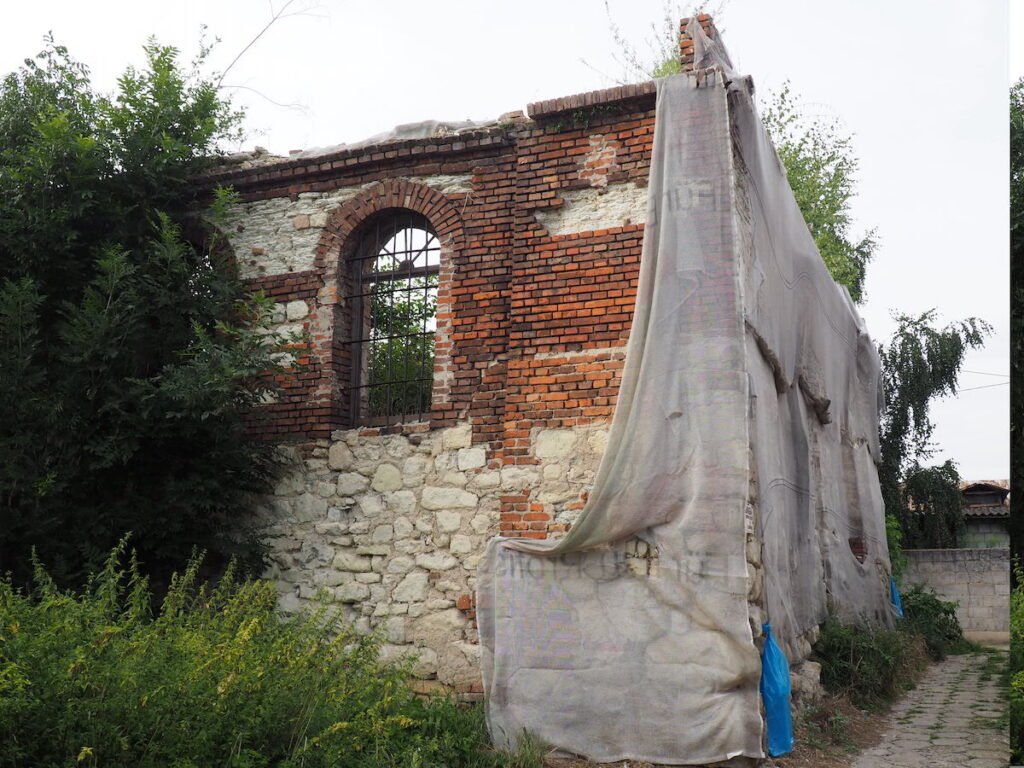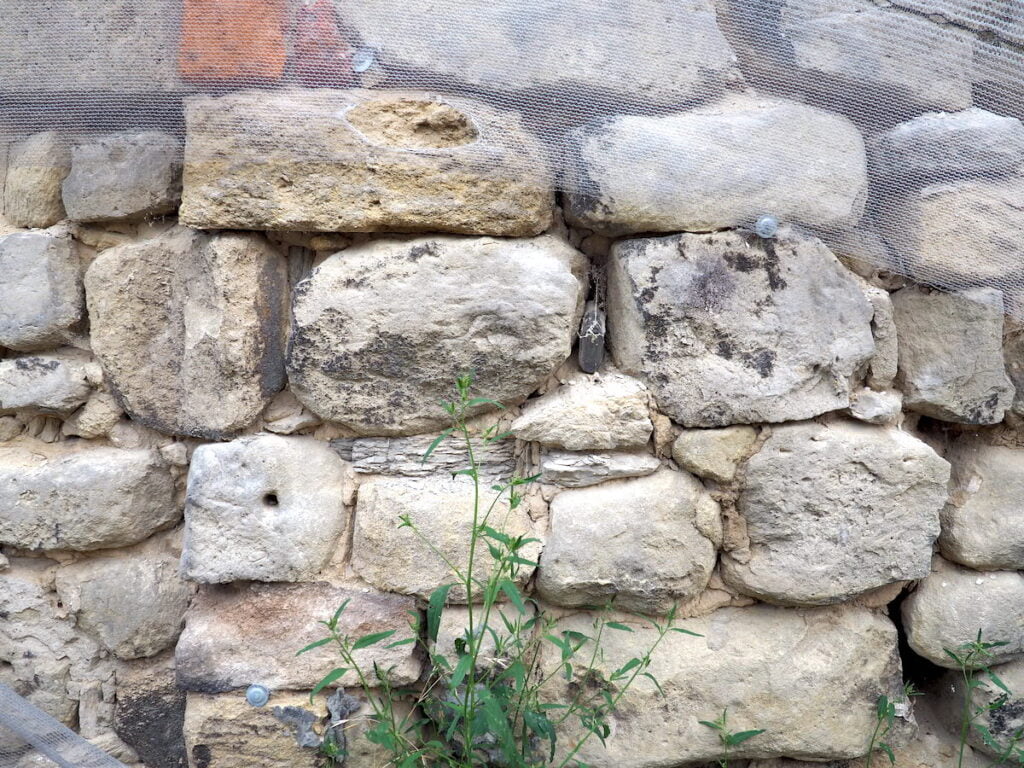Share This Article
Synagogues in the Świętokrzyskie Voivodeship and all over Poland most often suffered a similar fate. There is no trace of many of them, a large number are ruins, and a few of them survived. The synagogue in Książ Wielki was not very lucky and, in my opinion, it will soon join the first group.
Książ Wielki is a place that you must have passed while driving towards Krakow. I have been there more than once because of this, and also because of the fact that they are my wife’s hometown. I had no opportunity to see the synagogue in the past.
Location of the synagogue in Książ Wielki
Książ Wielki is a village located in the Lesser Poland Voivodeship, very close to the border with the Świętokrzyskie Voivodeship. We pass it (so far) going from Kielce / Warsaw to Krakow. It is 64 kilometers from Kielce, and 55 km from Krakow. The synagogue, or rather what remained of it, is almost on the main road. Coming from Kielce, you have to turn right towards Kozłów (near the church) and then left up the hill. You will see the ruins from there. There is a large square in front of them, where you can easily leave your car.
History
The synagogue dates back to 1846. It suffered during the First World War, however, it was renovated. The same happened in the case of the fire in 1935. During World War II, it met a fate similar to other objects of this type in Poland – it was devastated by the Germans. Later it served as a warehouse of the Commune Cooperative “Samopomoc Chłopska”. It is now a ruin where the roof collapsed in 2016. Originally there was a cheder, a brick mikvah, an old people’s home and a rabbi’s house next to the synagogue.
Present condition
The current condition of the synagogue is poor. The entrances inside are bricked up. The roof has mostly collapsed inward. There are some safety foils hanging on the building, which were probably supposed to protect against falling, but it is largely damaged. The photos from 15 years ago show that the synagogue is still in one piece and with a roof. Inside, there is a recess for Aron Kodesh, but in its present condition, it cannot be seen.
The area around the ruins does not look nice. There are litter bins next to the synagogue and Toi Toi toilet, chained to its walls. There are plants growing inside and there are a lot of empty bottles.
About 100 meters behind the synagogue in Książ Wielki (to the south) there are the remains of a Jewish cemetery from the mid-19th century. One matzeva belonging to Jacheta Fridberg (who died in 1901) and a modern monument have been preserved on it.
The Jewish community of Książ Wielki
The first records of Jews in Książ Wielki come from the turn of the 16th and 17th centuries. At the end of the 19th century, Jews comprised 24% of Książ Wielki’s population (676 people). The Second World War suffered the Jewish community. In August 1942, most of the inhabitants were transported to the ghetto in Miechów, and from there to Treblinka Death Camp. After the deportation, there were round-ups aimed at killing Jews hiding in the area. At that time, the Jewish cemetery was also destroyed and pavements were made of matzevot. It survived the Second World War and only a few families returned to Książ Wielki.
Worth a visit?
The synagogue in Książ Wielki is a sad place. A piece of history is disappearing on our eyes once again. Even so, I think it’s worth standing by and seeing synagogue while traveling in the area. In Książ Wielki, you will also find the Mirów castle – the former residence of the Myszkowski family, where the school is now located.

















